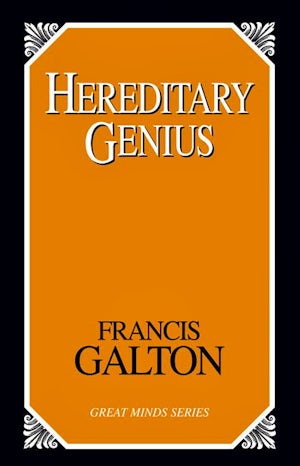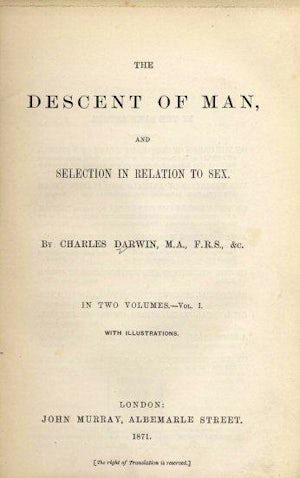1917. The silent film The Black Stork is released in 1917. Also screened under the alternate title Are You Fit To Marry?, this film is a fictionalization of the 1915 Baby Bollinger case in Chicago. The case occurred when Dr. Harry J. Haiselden of the German-American Hospital in Chicago faced trial after refusing surgery to the Bollinger infant, who was born with severe defects. His refusal was determined to be a contributing factor in the infant's death several days later. The film, in which Haiselden played himself, puts a pro-eugenics spin on the case. The Black Stork was joined in theatres that year by two other strongly eugenic films, The Garden of Knowledge and Married in Name Only.
Black Stork was written by Haiseldon and journalist Jack Lait. The film tells the story of a man named Claude who has an inherited disease, and marries despite warnings from his doctor. A child is born from the marriage, who is severely disabled and requires surgery. However, the doctor refuses to do so, and Claude's wife is granted a vision of her baby's potential future. In this future, the baby grows up with pain, madness, and turns to crime, and she concedes with the doctor's decision to save her child this pain (Pernick, 1999). Black Stork frames a eugenic message with a mercy killing, and is considered propagandic in nature (Pernick, 1999).
The film encountered both regulation and censorship, but was shown through road shows and small theatres until the early 1940s (Pernick, 1999). Hundreds of responses in the form of letters, articles, editorials, and reviews were inspired by the movie (Pernick, 1999 ; Black Stork Movie Stills, 1996). Many people came out in support of Heiselden's decision, including other doctors. He was also met with a number of critics, also including eminent physicians.
Footage from the film was later used in the documentary Homo Sapiens 1900 (1998).
-Amy Dyrbye
The Black Stork Movie Stills. (1996). Beyond Affliction: The Disability History Project. Retrieved from: http://www.npr.org/programs/disability/ba_shows.dir/children.dir/highlights/bsmovsti.html
Pernick, M.S. (1999). The Black Stork: Eugenics and the Death of “Defective” Babies in American Medicine and Motion Pictures since 1915. Oxford University Press, Oxford.
 1869:
Galton publishes Hereditary Genius
1869:
Galton publishes Hereditary Genius
 1871:
Charles Darwin publishes The Descent of Man
1871:
Charles Darwin publishes The Descent of Man